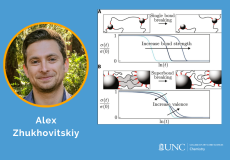Department News
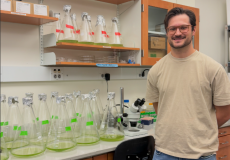
Researchers describe how tardigrades are able to survive in a specific condition, known as osmotic stress.

Chemist Mark Schoenfisch and physicist Otto Zhou were among 185 inductees this year to receive one of the most prestigious distinctions awarded to inventors worldwide.

When James Custer arrived at UNC-Chapel Hill to begin his Ph.D. in chemistry, he didn’t know he was about to launch a career that would take him from high-stakes scientific discovery to global clean energy negotiations.
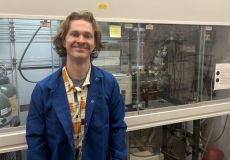
Will Hemmingson, a Ph.D. student in the Department of Chemistry, presented his team’s latest work: a particle suspension reactor that uses sunlight, silicon nanowires and clever chemistry to make carbon dioxide reduction more efficient, affordable and durable than previous designs.

Each holiday season, UNC chemist Erin Baker and her lab trade data analysis for presents — rallying fellow Tar Heels to raise money for Toys for Tots and Coats for Kids.
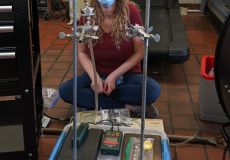
Gabrielle West, a Ph.D. student in the Department of Chemistry at the University of North Carolina, recently received a certificate of merit from the Environmental division at the American Chemical Society (ACS) Fall 2025 conference in Washington, D.C.
Research
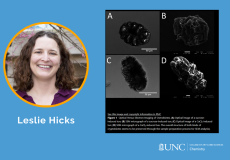
Herein, an approach for discriminating between tardigrade morphological states is developed and utilized to compare sucrose- and CaCl2-induced tuns, using the model species Hypsibius exemplaris.
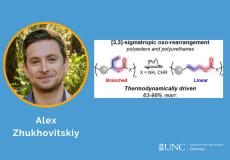
Herein, we disclose a backbone rearrangement approach to tune the short-chain branching of polymers.
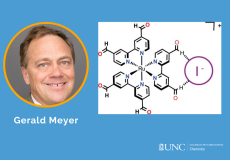
A new homoleptic Ru polypyridyl complex bearing two aldehyde groups on each bipyridine ligand, [Ru(dab)3](PF6)2, where dab is 4,4′-dicarbaldehyde-2,2′-bipyridine, was synthesized, characterized, and utilized for iodide photo-oxidation studies.
Connect





